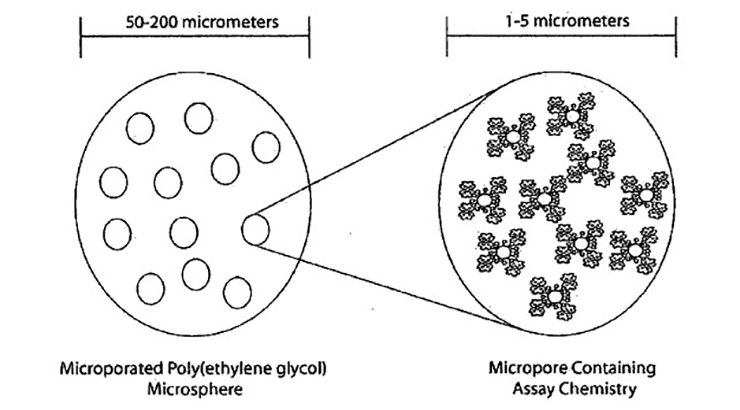Dermally Implantable Optical Glucose Biosensors
ID# 2008-3479
Technology Summary
Existing blood glucose sensors draw blood from the patient via forearm or finger pricking, resulting in pain to the patient and increased risk of infection. As a result, pricking methods have low patient compliance and lower than recommended monitoring frequencies. The disclosed invention includes both a novel method and apparatus for intradermal implantation of chemically sensitive particles and the monitoring of those particles for determining glucose readings in diabetics. The invention measures glucose using an affinity reaction coupled with a change in fluorescence. These changes can be monitored by an external electro-optic device. The new sensor technology dramatically improves performance over the prior art in implantable glucose sensing and has potential for use in both in vitro (i.e., cell culture monitoring) and in vivo (i.e., diabetic glucose monitoring) applications.
Application & Market Utility
This technology provides near-real-time readings via an external sensing device which is non-invasive and non-obtrusive. It can be equipped with an alarm that detects hypoglycemia and hyperglycemia. Dynamic range is increased by employing dendrimers.
Next Steps
Seeking research collaboration and licensing opportunities.

